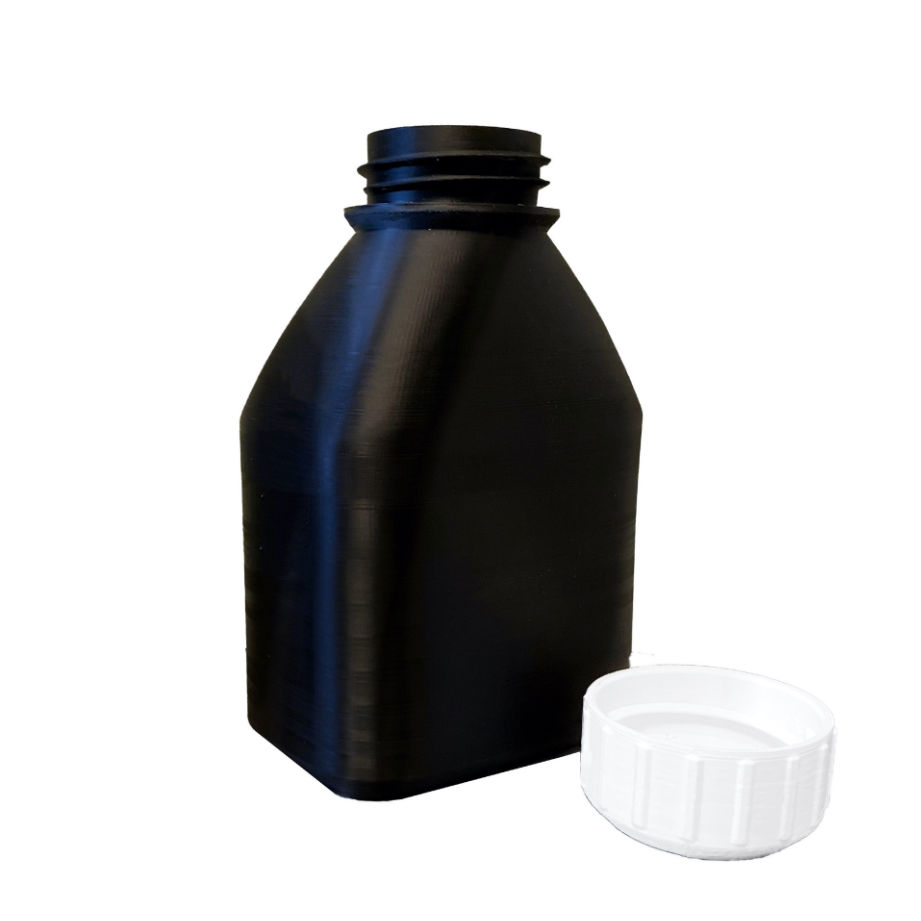Reducing environmental impact and prioritizing product sustainability are the foundations on which the 3D printing industry is built. The OBC material, polyethylene copolymer, has been formulated to help sustain current resources.
Sakata 3D's polyethylene copolymer OBC filament makes it possible to create lightweight (up to 25%) and durable parts, eliminating the typical problems associated with printing other polyolefins such as polypropylene. Its semi-crystalline structure gives it excellent properties in the Z axis compared to other materials, preserving more than 70% of the mechanical properties obtained in the XY axes.
Its high chemical resistance and low flexural modulus allow it to be used in a large number of applications within the automotive or packaging industries, such as flexible hinges or chemical product tanks. In addition, it has excellent adhesion between layers, which makes it an ideal material for applications that require sealing.
When it comes to printing, the OBC filament requires 20% less flow than a PLA filament, which significantly increases the printability of the material.
![]() 170-210 ºC
170-210 ºC![]() >= 65 ºC
>= 65 ºC












